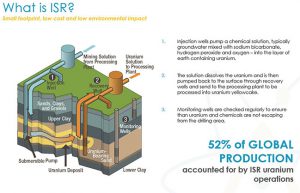Recent Posts
- Westwater Resources Announces Strategic Update
- Westwater Resources Progresses Permitting Process for Mine Development at the Coosa Deposit
- Westwater Resources Announces Issuance of U.S. Patent for Graphite Purification Technology at Kellyton Graphite Plant
- Westwater Resources Announces Second Quarter 2025 Business Updates and Investor Conference Call
- Westwater Resources Announces Second Quarter 2025 Business Update Call

Recent Comments